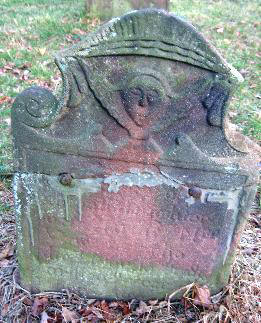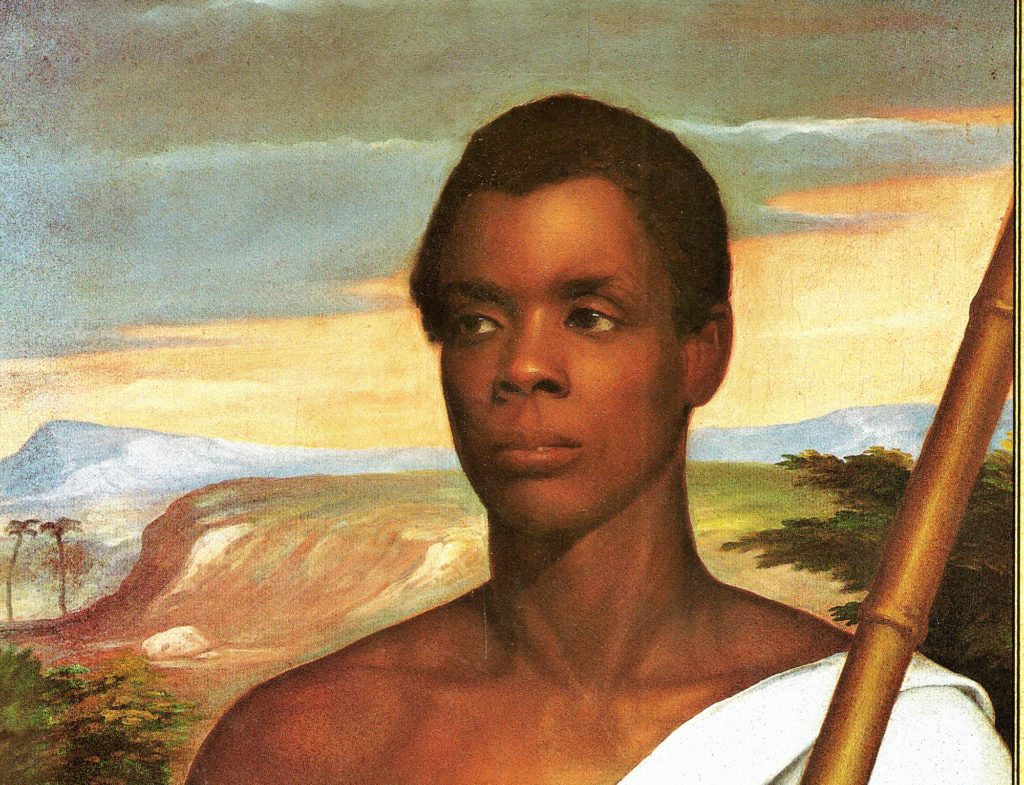Farmington Mobilizes
 On April 19, 1775, British and American soldiers exchanged fire in Lexington and Concord, Mass., and the next day Fisher Gay is said to have closed his store in Farmington and set out for Boston with about 100 men. In May, Farmington’s Sixth Company in the Second Connecticut Regiment, the first of the town’s regular militia units to be mustered, marched to Boston. Amos Wadsworth, a shopkeeper, wrote to his brother in Farmington that “the army are in high spirits, and appear to be perfect strangers to fear.” He added, “Better to die a freeman, than to live a slave.” Wadsworth believed that America was “threatened with nothing less than absolute slavery” under a tyrannical English monarch. The town’s two other companies of militamen were mustered in July. One of them, commanded by Major Joel Clark, was equipped “with excellent firearms and warlike accoutrements made in the town of Farmington to which they belonged,” the Connecticut Courant reported. The men who enlisted in Farmington included two Tunxis Indians and fourteen African Americans. Approximately 5,000 black men fought in the American Revolution.
On April 19, 1775, British and American soldiers exchanged fire in Lexington and Concord, Mass., and the next day Fisher Gay is said to have closed his store in Farmington and set out for Boston with about 100 men. In May, Farmington’s Sixth Company in the Second Connecticut Regiment, the first of the town’s regular militia units to be mustered, marched to Boston. Amos Wadsworth, a shopkeeper, wrote to his brother in Farmington that “the army are in high spirits, and appear to be perfect strangers to fear.” He added, “Better to die a freeman, than to live a slave.” Wadsworth believed that America was “threatened with nothing less than absolute slavery” under a tyrannical English monarch. The town’s two other companies of militamen were mustered in July. One of them, commanded by Major Joel Clark, was equipped “with excellent firearms and warlike accoutrements made in the town of Farmington to which they belonged,” the Connecticut Courant reported. The men who enlisted in Farmington included two Tunxis Indians and fourteen African Americans. Approximately 5,000 black men fought in the American Revolution.


